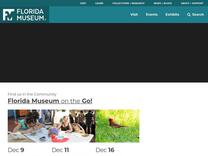Australian Bull Ray – Discover Fishes https://www.floridamuseum.ufl.edu/discover-fish/species-profiles/australian-bull-ray/
grow to almost 4 feet wide and are quick to retreat when humans approach, but they have
grow to almost 4 feet wide and are quick to retreat when humans approach, but they have

